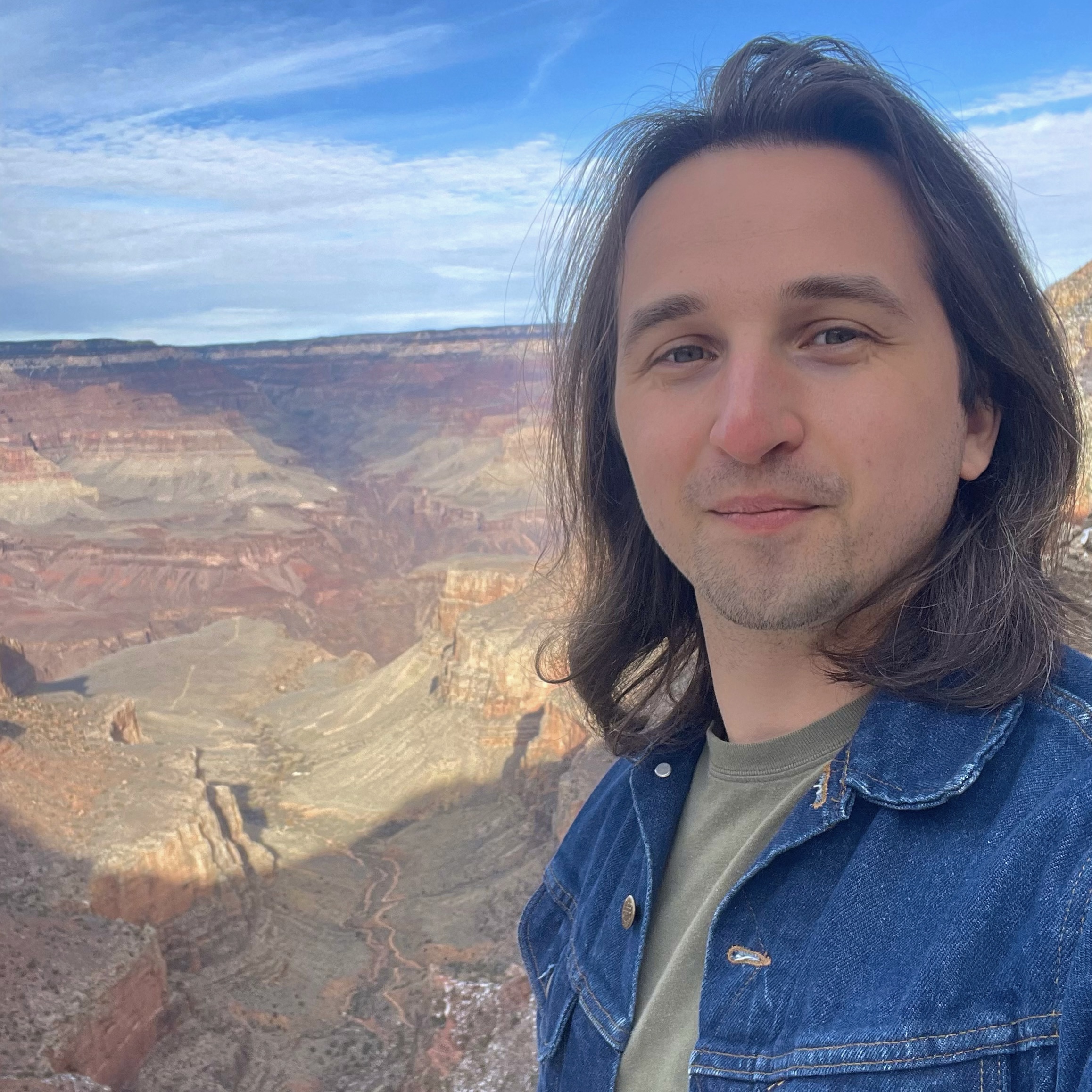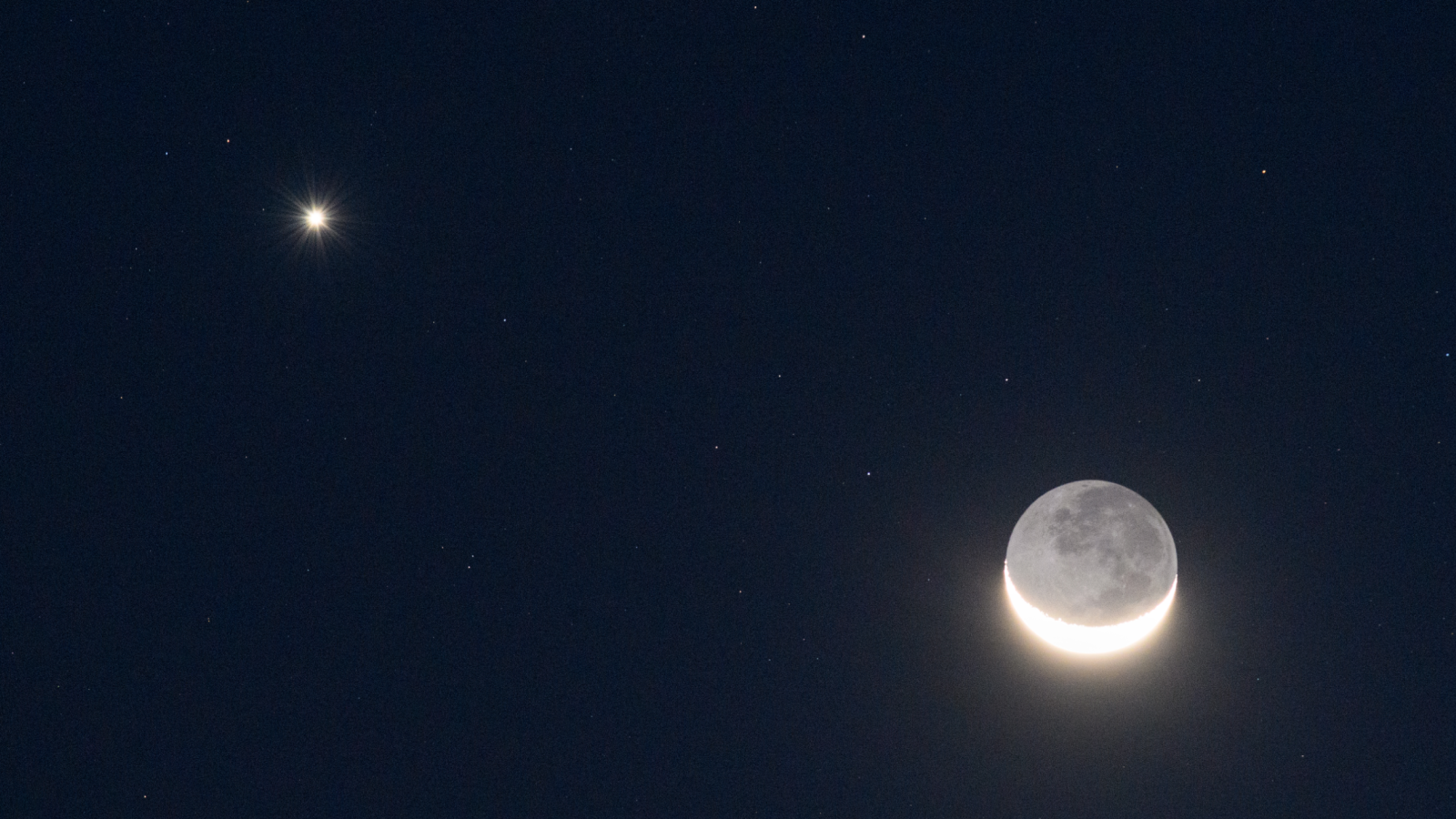Endangered Masai giraffes may be inbreeding themselves to extinction
"Fifty years from now, will there be Masai giraffes? I don't know. I think it's a 50/50 proposition," Douglas Cavener, who has published a new study on the risks facing the species, told Live Science.

Masai giraffes are endangered, and their numbers have almost halved in the last 30 years due to hunting and habitat loss. But these towering animals may be facing a new threat to their future, a recent study reveals — inbreeding.
Researchers found that Masai giraffes (Giraffa camelopardalis tippelskirchi) — a sub-species native to Kenya and Tanzania — are split into two separate populations that haven't bred with each other in thousands of years. These new findings emphasize the potential danger to these giraffes from inbreeding and suggest conservationists may need to find new ways to help tackle the giraffes' decline.
"Fifty years from now, will there be Masai giraffes? I don't know. I think it's a 50/50 proposition," Douglas Cavener, a geneticist at Penn State and an author on the recent paper, told Live Science. He and his colleagues published their findings June 12 in the journal Ecology and Evolution.
Masai giraffe habitat is severed in two by the western edge of the East African Rift — a huge tectonic feature stretching from Jordan to Mozambique — where the flat savannas around Tarangire National Park meet near-vertical cliffs that reach up into the higher elevation areas that are home to world-famous reserves like Serengeti and Ngorongoro.
Related: Giraffe sex is even weirder than we thought, and it involves pee
Giraffes are "really poor climbers," Cavener said, so he thought the Masai giraffes on either side of these cliffs might not be crossing over and mating with each other. To find out, he and his colleagues gathered genetic material from giraffes on both sides of the cliffs, which they analyzed to see if the giraffes were interbreeding.
Findings showed they were not. Female Masai giraffes, they discovered, likely haven't crossed over the cliffs to breed in more than 250,000 years. Male giraffes — which generally wander further away from home — might have crossed over at some point in that timespan, but they don't seem to have bred across cliff lines in the past few thousand years, either.
Get the world’s most fascinating discoveries delivered straight to your inbox.
This finding essentially splits the Masai giraffe population in half and raises the stakes for giraffe conservation on either side of the rift valley cliffs.
"It just doubles the situation in terms of threats for extinction," Cavener said.
The research team also found that the Masai giraffes showed a high degree of inbreeding. Inbreeding can become more common when a population gets too small or isolated — and if left unchecked, it can lead to what biologists call an "inbreeding depression," where a population grows less healthy over time due to genetic complications.
Some scientists have even speculated that the last surviving woolly mammoths went extinct due to an inbreeding depression, after being isolated on Wrangel Island in northern Russia.
In a modern context, inbreeding might occur when animal populations are isolated by expanding human development, and the Masai giraffe's habitat on the eastern side of the cliffs has seen a massive development boom in recent decades, with roads, farms and towns rapidly expanding around Lake Manyara and Tarangire national parks, according to the researchers.
Editor's note: Ethan Freedman is co-author on one of the papers referenced in this study.
However, the study found that inbreeding seemed to be worse in giraffes on the western side of the cliffs, where the habitat is much more intact. The scientists speculated this may be a hangover effect from the rinderpest epidemic — a disease in cattle and other hoofed animals that decimated African ecosystems during the late 19th and early 20th centuries, and may have been worse on the western side of the cliffs, Cavener noted.
Rinderpest itself has been globally eradicated for years now. But if growing habitat fragmentation keeps these giraffes from moving around the landscape and meeting new giraffes in the future, it could boost the risk to these giraffes from even further inbreeding, Cavener said.

Ethan Freedman is a science and nature journalist based in New York City, reporting on climate, ecology, the future and the built environment. He went to Tufts University, where he majored in biology and environmental studies, and has a master's degree in science journalism from New York University.


